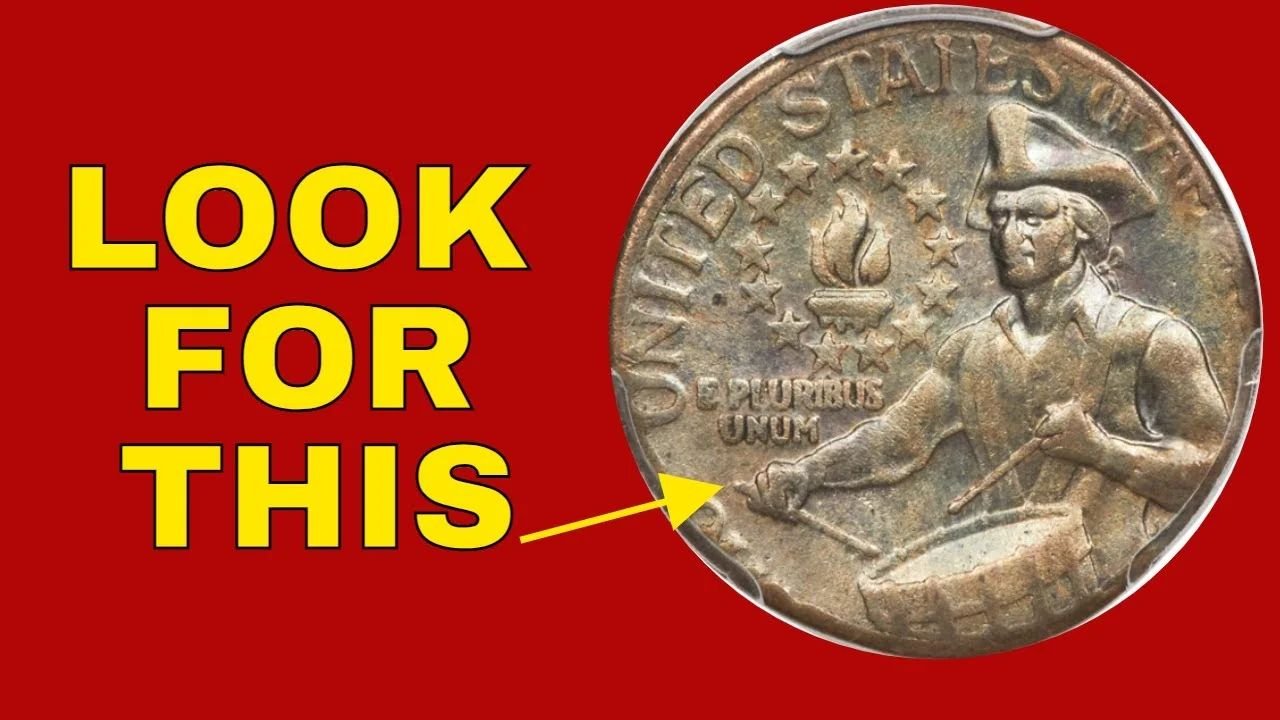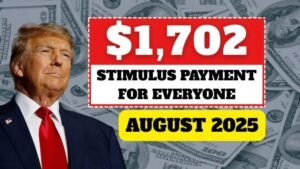The 1976 Bicentennial quarter has sparked a lot of excitement among coin collectors and everyday people. Stories online claim that a special version of this coin could be worth up to $2.5 billion and might still be hiding in your pocket change. But is this true? In this article, we’ll break down the facts in simple terms. We’ll look at the history of the coin, the rumors, real values, and tips on how to check your own quarters. Whether you’re a beginner in coin collecting or just curious, you’ll learn everything you need to know. Let’s dive in and separate myth from reality.
What Is the Bicentennial Quarter?
The Bicentennial quarter is a special coin made by the United States to celebrate a big birthday for the country. It marks 200 years since America declared independence in 1776. This coin is different from regular quarters because of its unique design and the time it was made.
History of the Bicentennial Quarter
In the early 1970s, the U.S. government wanted to honor the nation’s 200th anniversary. They decided to change the designs on some coins, including the quarter, half-dollar, and dollar. The quarter was minted starting in 1975 and into 1976. Over 1.6 billion of these quarters were produced across different mints in Philadelphia, Denver, and San Francisco. That’s a huge number, which means most of them are not rare at all.
The minting process involved using machines to stamp the designs onto small metal disks called planchets. The Philadelphia mint made coins without any letter mark, Denver added a “D,” and San Francisco used an “S” for their special versions. Some were made with silver for collectors, but most were clad, meaning they had layers of copper and nickel.
This coin was part of a bigger celebration that included parades, fireworks, and events across the country. People saved these quarters as souvenirs, but many ended up in everyday use. Today, you can still find them in circulation, mixed in with newer coins.
Design Features of the Bicentennial Quarter
The front side, or obverse, shows George Washington, the first president, just like on regular quarters. But the back side, or reverse, is what makes it special. It has a colonial drummer boy, a victory torch, and 13 stars for the original colonies. The dates “1776-1976” are printed to show the bicentennial year.
The design was chosen from a contest where artists submitted ideas. Jack L. Ahr won for the quarter with his drummer boy theme. It’s a fun, patriotic look that reminds people of America’s early days. The coin weighs about 5.67 grams and is 24.3 millimeters wide, the same as other quarters.
The Rumors About a $2.5 Billion Bicentennial Quarter
You’ve probably seen headlines screaming about a rare Bicentennial quarter worth $2.5 billion. These stories spread fast on social media and websites, getting people excited about finding treasure in their change. But let’s look closer at where these claims come from and if they hold up.
Where Did the $2.5 Billion Rumor Start?
The buzz seems to have begun with online articles and videos that talk about “ultra-rare” versions of the coin. Some claim there’s a one-of-a-kind quarter with special errors or made from rare metals like platinum. Others say it was an experimental strike or a misprint that slipped out of the mint.
For example, websites mention a “No Mint Mark Double Die” or a quarter struck on a foreign planchet. These stories often say the coin sold at a secret auction for billions. But when you dig deeper, there’s no proof. No major auction house like Heritage Auctions has records of such a sale. It’s like urban legends that grow bigger with each telling.
Social media posts on platforms like Facebook and YouTube add fuel to the fire. Videos with titles like “1976 Quarter Worth Millions!” get millions of views, but they usually end up talking about much smaller values. The $2.5 billion figure is way over the top – even the world’s most expensive coin, a 1933 Double Eagle, sold for about $18.9 million, not billions.
Is the $2.5 Billion Claim Real or Just a Myth?
Sorry to burst the bubble, but the $2.5 billion valuation is a myth. Experts in coin collecting, called numismatists, say there’s no evidence of any Bicentennial quarter worth that much. The U.S. Mint produced so many that rarity isn’t a factor for most.
Some articles admit the number is “speculative” or “exaggerated.” They use it to grab attention, a trick called clickbait. Real sales show top Bicentennial quarters going for thousands, not billions. For instance, a high-grade error coin sold for $19,200 in 2019. That’s impressive, but far from $2.5 billion.
Why do these rumors spread? People love stories of hidden treasure. It makes checking your change exciting. But always check facts from trusted sources like the Professional Coin Grading Service (PCGS) or Numismatic Guaranty Corporation (NGC).
Real Values of Bicentennial Quarters
While billions are a fantasy, some Bicentennial quarters are worth more than 25 cents. Value depends on condition, mint mark, and errors. Let’s explore what makes them valuable.
Common Bicentennial Quarters and Their Worth
Most circulated Bicentennial quarters are worth face value – just 25 cents. If they’re in good shape but used, they might sell for $1 to $2 to collectors. Uncirculated ones, meaning never used, can go for $3 to $5.
Silver versions from San Francisco are a bit special. They contain 40% silver and were sold in sets. In mint condition, they’re worth around $5 to $10. A top-graded MS69 silver quarter can fetch up to $6,463.
Rare Errors That Boost Value
Errors happen when something goes wrong during minting, making the coin unique. These can make a quarter worth hundreds or thousands.
- Double Die Obverse: Parts of the design look doubled. A 1976-D double die sold for high amounts.
- Off-Center Strike: The design isn’t centered. Depending on how off it is, value can be $50 to $500.
- Wrong Planchet: Struck on the wrong metal disk, like a dime planchet. These are rare and can be worth $1,000+.
- Filled “D” Mint Mark: The “D” is partially filled. Values start at $5 for low grades, up to $50+ for rare ones.
One famous example is a Bicentennial quarter with a nearly $20,000 value due to a rare error. Always have errors checked by experts.
High-Grade Examples and Proof Coins
Condition is key. Coins are graded on a scale from 1 to 70, with 70 being perfect. A Philadelphia mint MS67 quarter is worth about $80. Proof coins, made for collectors with a shiny finish, can be $10 to $20.
How to Identify and Value Your Bicentennial Quarters
Want to check if you have a valuable one? Here’s a simple guide.
Steps to Examine Your Coin
- Look at the date: It should say “1776-1976.”
- Check the mint mark: On the obverse, near Washington’s hair. No mark = Philadelphia, D = Denver, S = San Francisco.
- Inspect for errors: Use a magnifying glass to spot doubles, off-centers, or odd metals.
- Assess condition: Is it worn or shiny? Fewer scratches mean higher value.
- Get it appraised: Take it to a coin shop or send to PCGS/NGC for grading.
Tools and Resources for Collectors
- Apps like CoinScope or PCGS CoinFacts to scan and value coins.
- Books like “A Guide Book of United States Coins” (Red Book).
- Online forums like Reddit’s r/coins for advice.
- Auctions on eBay or Heritage to see real sales.
Other Rare Quarters to Know About
The Bicentennial isn’t the only exciting quarter. Here are a few others:
- 1932-D Washington Quarter: Low mintage, worth up to $100,000 in top condition.
- 1916 Standing Liberty Quarter: Rare, values start at $2,500.
- 1796 Draped Bust Quarter: One of the first, can sell for millions.
Collecting quarters is a fun hobby that can grow in value over time.
Glossary: Explaining Difficult Words in Simple Terms
Some coin terms can be tricky. Here’s a table to make them easy:
| Difficult Word | Simple Explanation |
|---|---|
| Minting | The process of making coins using machines to stamp designs on metal. |
| Planchet | A blank metal disk that becomes a coin after stamping. |
| Obverse | The front side of a coin, usually with a person’s head. |
| Reverse | The back side of a coin, often with symbols or designs. |
| Clad | Coins made with layers of different metals, like copper inside nickel. |
| Proof | Special coins made for collectors with extra shiny and detailed finish. |
| Double Die | An error where the design is stamped twice, making it look blurry or doubled. |
| Numismatist | A person who studies or collects coins as a hobby or job. |
| Circulated | Coins that have been used in everyday buying and selling, showing wear. |
| Uncirculated | Coins that are brand new and never used, in perfect shape. |
| Appraisal | Getting an expert to check and tell you the value of something. |
This table helps beginners understand key ideas without confusion.
Tips for Starting a Coin Collection
If the Bicentennial quarter sparks your interest, here’s how to begin collecting:
- Start small: Collect all state quarters or by year.
- Store safely: Use coin albums or holders to prevent damage.
- Learn more: Join clubs like the American Numismatic Association.
- Budget wisely: Don’t spend too much; focus on enjoyment.
- Sell smart: Use reputable dealers when ready to sell.
Coin collecting teaches history, patience, and can be profitable.
The Bigger Picture: Why Coin Myths Matter
Myths like the $2.5 billion quarter show how stories can spread online. They get clicks but can mislead people. Always verify with facts. Real coin values come from rarity, condition, and demand, not hype.
Conclusion
The idea of a Bicentennial quarter worth $2.5 billion is exciting but not true. It’s a myth born from exaggeration and clickbait. Real Bicentennial quarters are mostly worth 25 cents, but rare errors or high grades can reach thousands of dollars – like the $19,200 sale. They’re a piece of American history celebrating 200 years of freedom.





How would you like to say I got five of these quarters but the drummer guy on it I would like to sell but I need I really need the money